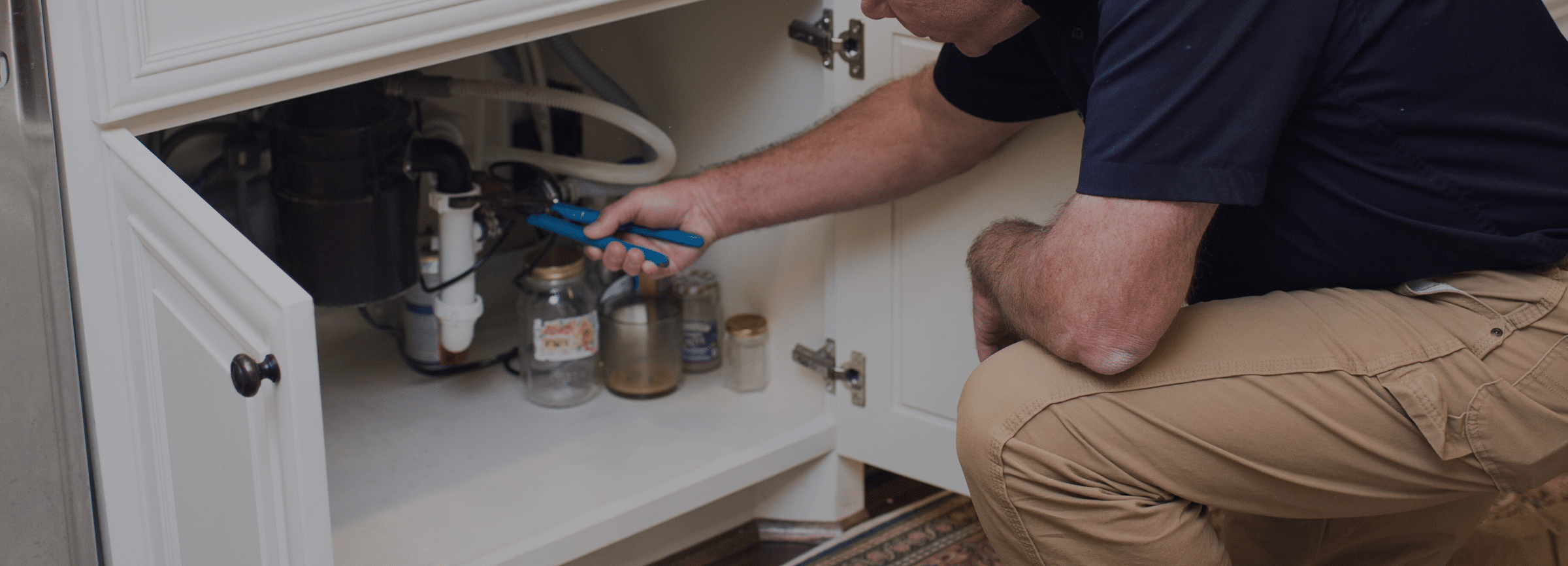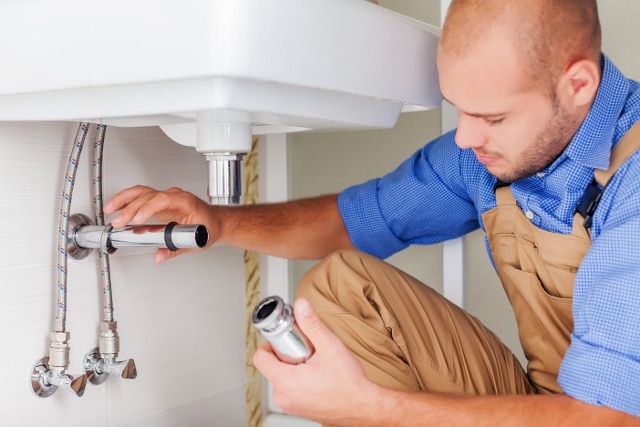Everybody maintains their own individual opinion about DIY vs. Professional Plumbing Repairs: When to Call a Pro.

Introduction
Plumbing problems can range from small hassles to significant headaches, usually motivating homeowners to determine between dealing with the problem themselves or employing a specialist plumbing. Understanding when to do it yourself and when to seek expert assistance can conserve time, cash, and prevent prospective catastrophes. This post discovers the aspects to take into consideration when making this critical choice.
Advantages of DIY Pipes
Tackling plumbing tasks on your own can be gratifying in several means, specifically for easier projects.
Intricacy of Jobs
Some plumbing concerns need specialized understanding and tools past common property owner capacities. Messing up complex troubles can result in more damages and costly repair services.
Safety Worries
Working with pipes systems involves dangers such as exposure to water damages, capacity for electrical threats, and handling devices inaccurately. Safety safety measures should be observed to prevent crashes and guarantee effective repair work.
Indicators to Call an Expert Plumber
Acknowledging when a pipes concern goes beyond do it yourself capacities is important to avoid aggravating troubles.
Signs of Complex Problems
Examples consist of:
Prompt expert intervention is needed to resolve these issues successfully and reduce damage.
Do It Yourself Pipes Tips
For successful DIY plumbing, it's important to be prepared with the right devices and follow proper procedures.
Standard Tools and Products
Secret tools for DIY pipes:
Step-by-Step Guides
Clear guidelines ensure risk-free and efficient DIY repair work:
Picking the Right Time to Do It Yourself
Establishing when to deal with pipes tasks yourself needs assessing both the intricacy of the concern and individual comfort degrees.
Assessment Checklist
Take into consideration:
Price Savings
Do it yourself pipes jobs typically save cash by staying clear of specialist service fees. Jobs like taking care of small leakages, replacing faucets, or installing brand-new showerheads are examples where home owners can deal with repair services without hiring a plumbing.
Ability Improvement
Participating in DIY plumbing supplies a possibility to discover and improve useful skills. Standard tasks encourage home owners to comprehend their pipes systems better and obtain self-confidence in managing small fixings individually.
Threats of DIY Pipes
While DIY projects provide benefits, certain dangers must be very carefully thought about prior to attempting repairs.
When to Definitely Call a Professional
Particular scenarios demand instant skilled attention to stop extensive damage or safety risks.
Emergency Scenarios
Examples include:
Finding and Working With an Expert Plumbing Professional
Selecting a certified plumbing makes certain trustworthy solution and satisfaction in resolving plumbing issues.
Criteria for Choice
Variables to take into consideration:
Expense Evaluation: do it yourself vs. Expert Services
Comparing the monetary implications of do it yourself efforts versus professional pipes services helps in making educated choices.
Financial Considerations
Examine:
Conclusion
Making a decision whether to DIY or call a specialist plumbing rests on comprehending the intricacy of plumbing concerns and personal capabilities. By considering the advantages and dangers, homeowners can make enlightened choices that advertise efficient upkeep and secure their homes from plumbing disasters.
When to DIY and when to call a professional plumber
There are Australian laws and regulations that regulate plumbing work in Australia. This means that there are few home plumbing tasks that you can DIY. Besides, a lot can go wrong with DIY plumbing projects. However, there are also plumbing works that you can successfully DIY. Read on to know when to DIY and when to call a professional plumber.
You can learn more about the risks of DIY plumbing projects, projects requiring special caution, and illegal DIY plumbing works to avoid. This post concludes with the services of commercial plumbers and why getting expert help is essential.
Reasons to Attempt DIY Plumbing Projects
While it is often not advisable to perform DIY plumbing repairs, several pros of DIY plumbing projects can make them attractive.
Save costs
A significant reason for doing DIY plumbing jobs is to save costs. It is possible to save on labour charges and overall fees if you buy the needed tools and parts from local hardware stores and do the repairs yourself.
Gaining experience
You can gain some hands-on experience in basic plumbing repair if you watch online videos and attempt the repairs yourself.
Confidence boosting
You can boost your confidence and self-reliance skills by performing DIY plumbing repairs and installations yourself.
Risks of DIY Plumbing Projects
If something goes wrong with your DIY plumbing project, you may have unfavourable results that you may consider the cons of DIY plumbing.
For one, your home may get so extensively water-damaged that your home and contents insurance will not cover you. You will also have to spend more money to repair the water or sewage problem than you would otherwise spend for professional plumbing jobs. Besides, you may often spend more time on DIY plumbing work than an experienced plumber would spend. This is because you may not have the needed skill set. There are also related safety hazards and potential threats of DIY plumbing jobs that you may need to consider. Plumbing Issues You Can Fix Yourself
You can attempt DIY plumbing for plumbing issues such as replacing tap washers, installing shower heads or performing minor tap leak repairs. However, it would help if you invited licensed plumbers to fix complex leaking showers, effectively deal with blocked drains, or repair hot water systems. This is the best way to ensure these plumbing issues are correctly fixed, and the project is insured.
Fixing clogged or blocked drains
You may have clogged drains or need help with slow-draining showers. These are tasks that you can resolve yourself using several options. To fix blocked drains, you may use baking soda, plungers, or wire hangers. Meanwhile, you can take the preventive measure of installing filtration systems such as drain filters to help prevent drain clogs.
New faucet installations
It is possible to install a new faucet yourself. You would have to turn off the hot and cold water valves. Then, you can remove and fix the old faucet and replace it with the new one.
Leaky faucet repairs
While leaky faucet repairs are more technical than installations, you can also take some steps to fix them. Turning off water valves is the first step in draining water from plumbing systems. Next, you can use a washcloth to cover the drain and remove the decorative handles.
This will allow enough room to unscrew the nuts that attach the faucet handle to the stem. Your final step is to take out and replace the old washers and O-rings with the new duplicates.
Fixing running toilets
An occasional DIY solution for running toilets is to restore the flapper in the tank to its proper place.
Burst pipes
You may have issues with your exterior plumbing fixtures. It may simply be that your inbound or outbound pipes have worn out, or you may have burst pipes due to flooding or large tree roots.
You may also have frozen pipes. These are all instances when you need to call a professional plumber. They will perform pipe inspections to locate the problem and implement solutions such as pipe relining.
Interior plumbing repairs
It's usually time to call a competent plumber if you want to do plumbing repair work on floors, ceilings, or the walls of your building. They can also help you fix faulty showers and sinks.
Plumbing renovation
Major renovation projects or plumbing jobs such as bathroom remodelling and bathroom renovations require the services of a professional plumber. Likewise, you need a professional plumber to fix your kitchen sink or plumbing. They can help you get the required plumbing permits. At the same time, they know what building codes apply to such renovation projects.

We were shown that editorial on DIY Plumbing Projects and When to Call a Professional through an associate on a different web address. Kindly take the opportunity to distribute this blog if you appreciated it. Thanks for your time invested reading it.
About This